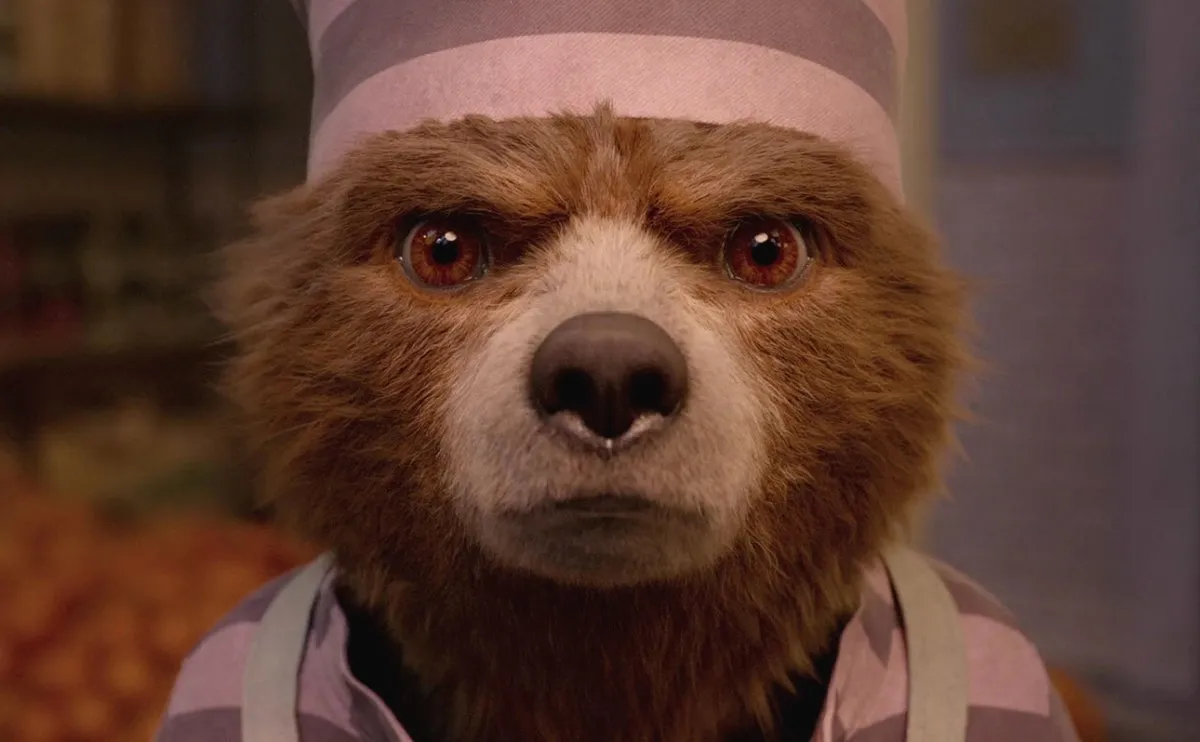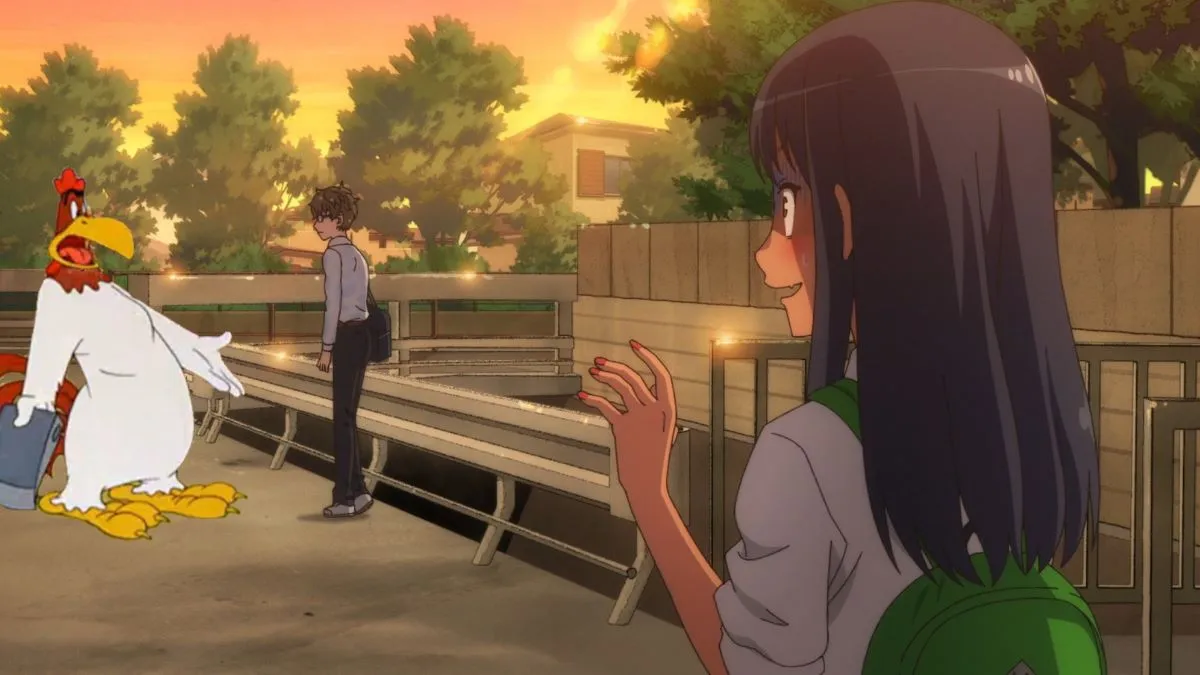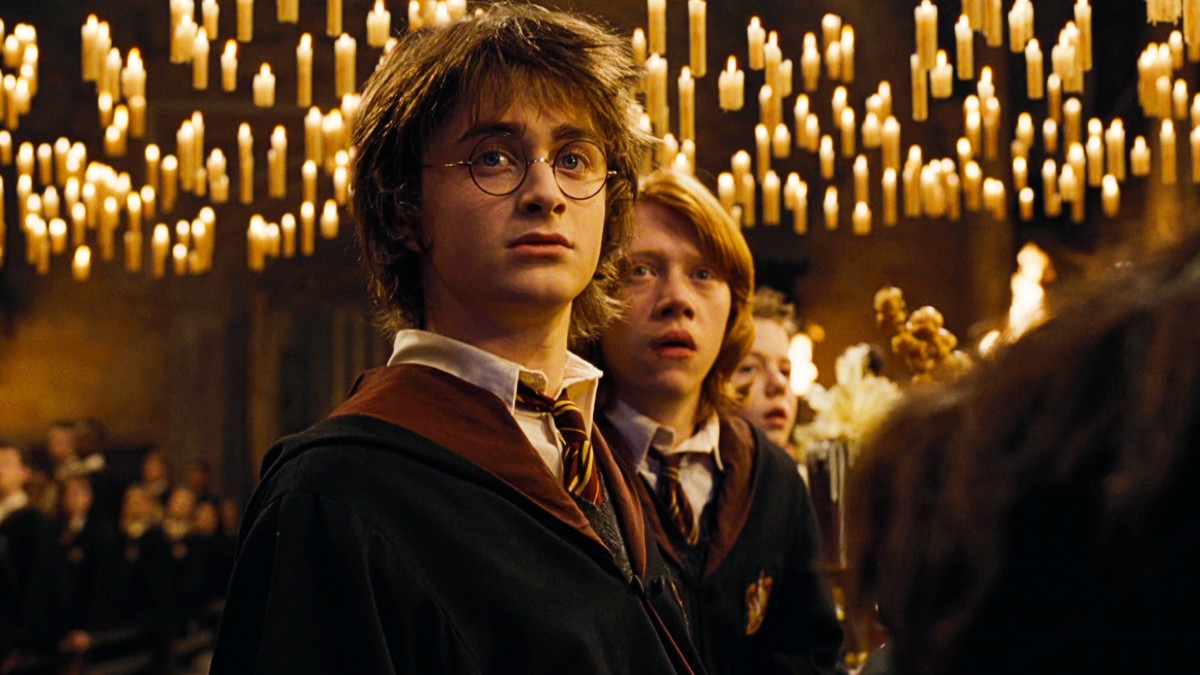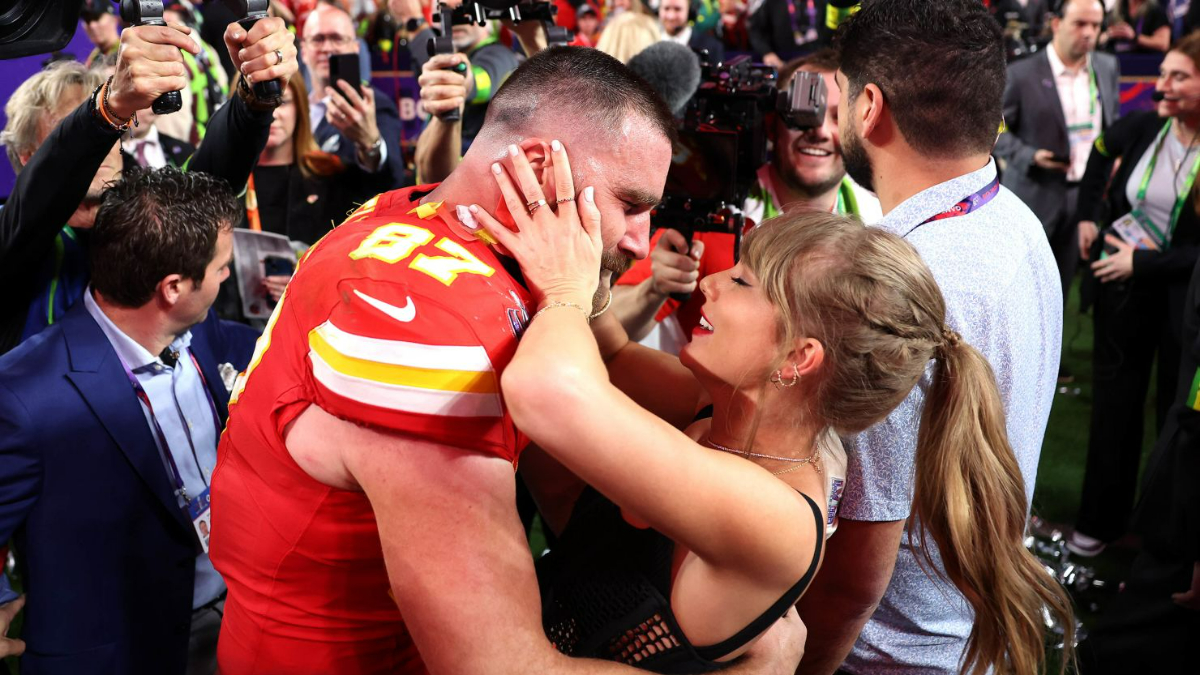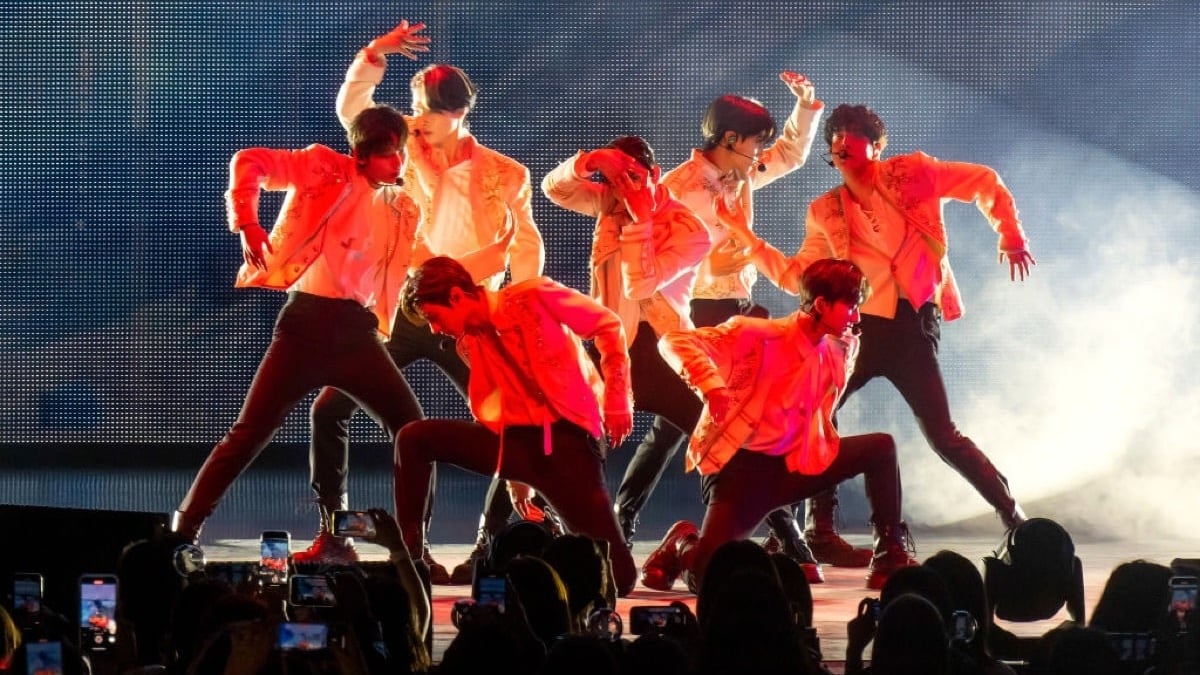Queen Elizabeth II died on this day last year, so be prepared for a influx of Paddington Bears across your social media dashboards. Wait, why Paddington?
Well, I ask myself the same question sometimes. Paddington became associated with the Queen after a little sketch with the two of them aired for the “Platinum Party at the Palace” a few months prior to Elizabeth II’s passing, but (as with many things involving the royal family in Britain) it all soon got exaggerated to ridiculous proportions. During the funeral preparations in London, you could barely go anywhere without seeing a tiny Paddington Bear toy poking out of a bouquet of wilted flowers. You may have already seen various works of art depicting Paddington leading the Queen into the afterlife (wait, what?) or crying at her memorial.
And I hate it! Because that’s not what Paddington, the talking bear who fled an earthquake-ravaged Peru for London, is about. He has an origin story you might not be aware of if you’ve only seen the movies, and it has nothing whatsoever to do with British monarchy. The little bear who tells us, “If we’re kind and polite the world will be right,” was born into a world that wasn’t right at all.
Paddington the refugee
On Christmas Eve 2019, the BBC broadcast a new documentary, The Man Behind the Bear—sadly, but not surprisingly, it doesn’t seem to be available to watch on streaming services now—after the credits rolled on a showing of Paddington 2. This was where I learned the details of how Michael Bond, Paddington’s creator, found the inspiration for him.
Bond was born in 1926, making him old enough to join the army once World War II rolled around. He had a front-row seat to the devastation of war, and the atrocities that caused thousands of refugees to flee their homes. The Man Behind the Bear narrated a 2010 letter written by Bond, which detailed some of his family’s actions during that time:
“We took in some Jewish children who often sat in front of a fire of an evening, quietly crying because they had no idea what had happened to their parents, and neither did we at the time. It’s the reason why Paddington arrived with the label around his neck.”
Yep, Paddington Bear was, in a sense, a Jewish refugee. (I’m descended from some myself, who fled to Europe after the Russian pogroms of 1881.) His human friend Mr. Gruber, played by Jim Broadbent in the movies, is one as well. The story he tells Paddington, accompanied by a beautifully shot scene of him arriving on the Kindertransport, is simple but so stark: “There was a lot of trouble in my country. So my parents sent me all the way across Europe, when I was not much older than you are now … But I soon learnt a home is more than a roof over your head. My body had traveled very fast but my heart… she took a little longer to arrive.”
The character of Gruber was based on Bond’s literary agent, Harvey Unna. Bond said in an interview with the Telegraph in 2014 that he would have preferred not to have a British actor play the role, a fair critique.
The real refugees
Bond himself was not Jewish, but he was deeply angry at how the British government treated the Jewish refugees coming to them for help. The Man Behind the Bear quotes his autobiography where he remembers returning from war:
“In October, I made my final journey back to the UK. In Gibraltar, where we stopped for a few hours, there was a small open ship moored a little way apart from all the others. It was packed to suffocation with Jewish refugees, men, women and children making their way to Palestine. And for the first time, as I gazed down at them, I felt ashamed to be British. For clearly they were crying out for help, and equally clearly, they were unlikely to get it. Man’s inhumanity to man knows no bounds.”
And as a Brit in this day and age, I absolutely empathize with the sense of shame Bond felt in that moment. It’s the same thing I felt when, to give just one example, the British tabloids attacked child refugees for looking too old and demanded their teeth be checked to determine their “true age.” Or, hell, what I feel whenever I see the laughing face of Suella Braverman. For those wondering what would happen if Paddington were a human being arriving in the U.K. today, the outlook isn’t good. So where does that leave one of fiction’s most beloved bears?
Please look after this bear
Paddington himself “wrote” a very stern letter in 2009 condemning the incarceration of child refugees, and more recently, The Man Behind the Bear detailed how his story is now used as a teaching aid in schools. And obviously the mere fact that Paddington 2 is now considered one of the best films ever made indicates that a lot of people empathized with or related to his immigration story.
But of course, the success of Paddington, as a symbol, runs the risk of making us complacent. Nothing seems to sum that up better than his current use in the public sphere as a stand-in for “the grieving British public” after Queen Elizabeth’s death. Yes, Michael Bond was reportedly a fan of the Queen, but all the same, Paddington was most assuredly not created to make us feel sad about the monarchy. His backstory is supposed to make you angry, and sometimes that’s necessary if you want to live in a world that’s kind and polite.
(featured image: StudioCanal)



